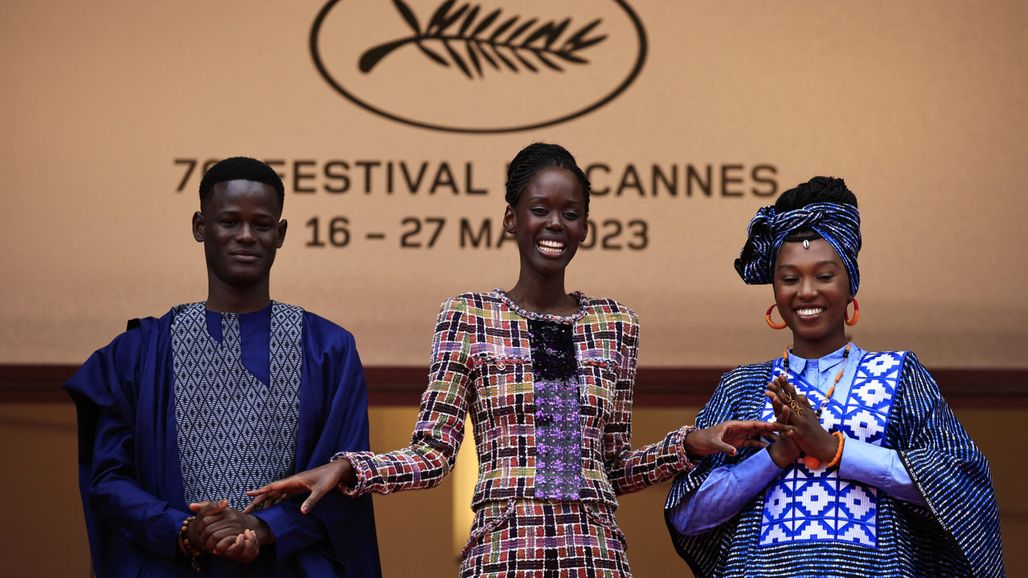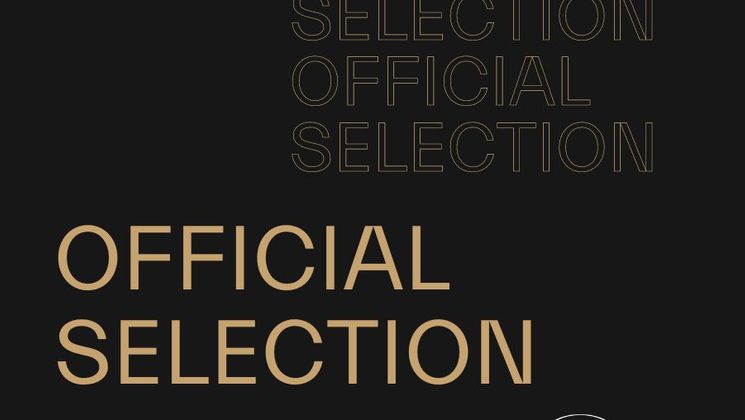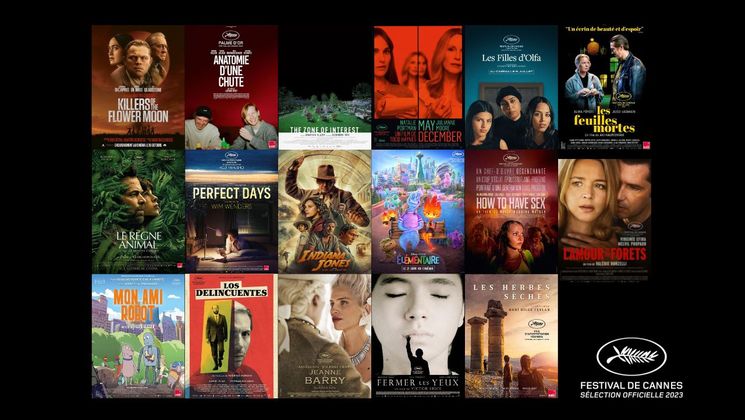
Wide Angle: The pride of place of African cinema at the Festival de Cannes

With two films In Competition and around ten feature films in other selections and parallel sections, Africa has never been so well represented at Cannes. The presence of Maryam Touzani, the Moroccan director, and Rungano Nyoni, Zambian director, in the Feature Film Jury illustrates the new place that African cinema occupies at the Festival de Cannes. A reality that results from the emergence of ambitious and visionary new actors in all aspects of the industry.
In 1975, the president of the Feature Film Jury, Jeanne Moreau, awarded the Palme d’or to Mohammed Lakhdar-Hamina for Chronical of the Years of Fire. This historical drama on the origins of the Algerian War was the first African film to win the highest honour. Forty-eight years later, the 76th edition depicts Africa in a number of lights, from the romantic Senegalese fable Banel & Adama, to the Tunisian docu/fiction Les Filles d’Olfa (Four Daughters), to Goodbye Julia, a metaphor of reconciliation for the Sudanese people. Among the Jury, the Zambian director Rungano Nyoni stated in an interview that she had “the feeling of representing the African continent in its totality“, so great are the expectations for these filmmakers.
The work of the film industries of the 54 countries that make up African has often been concealed outside of the continent. In certain countries, such as Mali or Sudan, political tensions cripple the world of culture and are limitations to artistic creation. For Karine Barclais, founder of the African pavilion at the Village International, the flourishing of cinema in Africa has also happened despite a lack of technical training among professionals: “Up until 2019, producers were pointing out shortcomings in terms of sound and light. We wanted to rectify this by implementing specialized training programmes, which have borne fruit.” Barely four years later, the feature film Banel & Adama, from the Senegalese filmmaker Ramata-Toulaye Sy, has shone In Competition with its fairytale landscapes and plays of light from Amine Berrada. The Moroccon cinematographer also worked on the short film Ayyur (Moon) by Zineb Wakrim, which has won the third La Cinef Prize.
Access to funding is also an issue which Karine Barclais is fighting against. The reason, a lack of investor confidence in African cinema: “Filmmakers who want to make ambitious films find themselves quickly stuck by budget issues. A lot of producers still link Africa with cheap films. Why don’t Africans have the right to make films with a budget of 6, 12 or even 50 million dollars?” This question resonates with certain daring production companies, who see in Africa a hotbed of new talent.
Of the fifteen African films screened this year in Cannes, most were financed in part by French, German or American investments. A good sign, which is leading more and more foreign delegations looking for projects to step into the Africa pavilion.
Somtimes a minority, African cinema has had some isolated success in Cannes, such as Timbuktu (2014), from the Mauritanian Abderrahmane Sissako. Today, the trend seems to be going in the opposite direction, as the Malian filmmaker Souleymane Cissé, winner of the Jury Prize in 1987 for Yeelen prophetically announced: “The main task of African filmmakers is to assert that the people from here are human beings. The generation that will follow us will open up onto other aspects of cinema.” As a sign that the winds are turning, Goodbye Julia, from Mohamed Kordofani, the first Sudanese film in the history of the Festival, has received the Freedom Prize in the Un Certain Regard selection.


